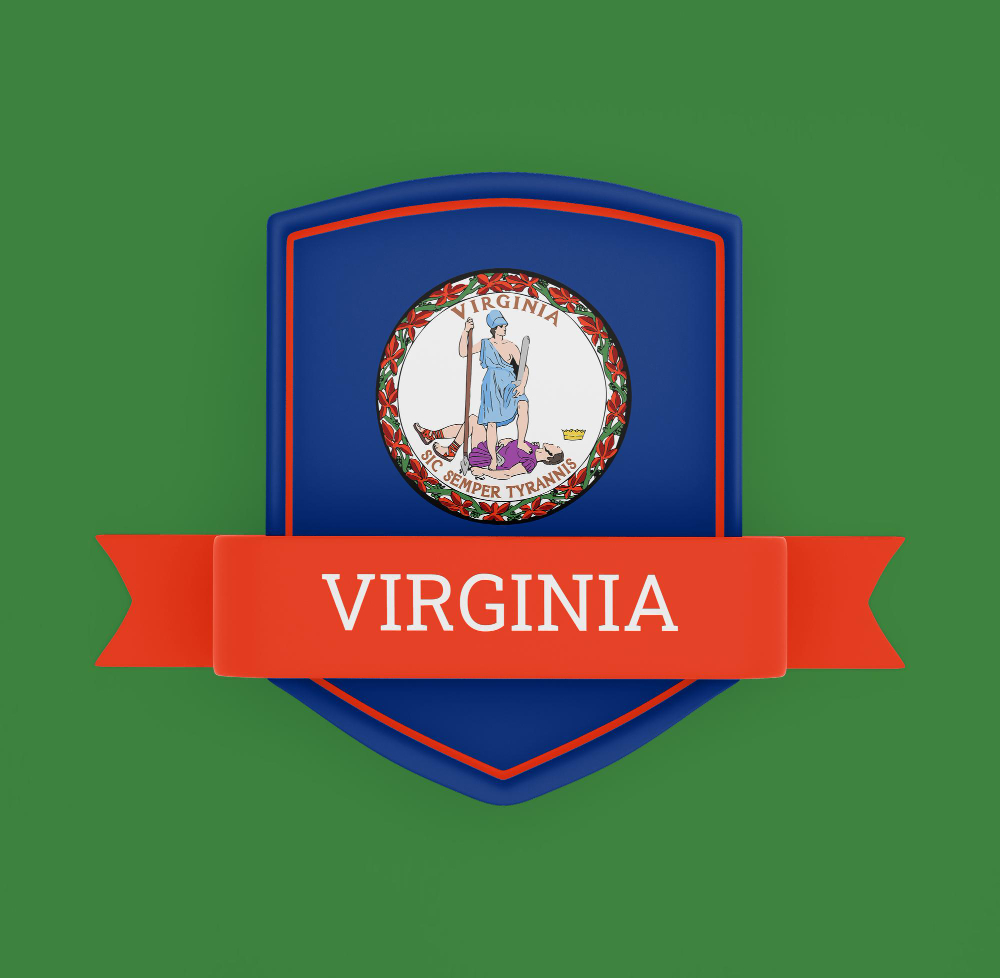Arizona will have several long weekends in 2026, giving both residents and visitors plenty of chances to relax, travel, and explore the state’s incredible landscapes and cultural heritage. From breathtaking national parks and red rock deserts to vibrant cities like Phoenix and Tucson, Arizona offers endless ways to enjoy time off.
Many of the long weekends in 2026 come from national holidays such as New Year’s Day, Presidents Day, Memorial Day, Independence Day, Labor Day, Columbus Day, Veterans Day, Thanksgiving, and Christmas. Whether you’re looking for outdoor adventure, peaceful rest, or cultural experiences, these extended breaks are perfect for you.
Here’s your complete guide to Arizona Long Weekends in 2026.
2026 Arizona Long Weekends
-
New Year’s Day: Wednesday, Dec 31, 2025 – Thursday, Jan 1, 2026
-
Martin Luther King Jr./Civil Rights Day: Saturday, Jan 17 – Monday, Jan 19, 2026
-
Presidents Day: Saturday, Feb 14 – Monday, Feb 16, 2026
-
Memorial Day: Saturday, May 23 – Monday, May 25, 2026
-
Independence Day: Friday, July 3 – Sunday, July 5, 2026
-
Labor Day: Saturday, Sep 5 – Monday, Sep 7, 2026
-
Columbus Day: Saturday, Oct 10 – Monday, Oct 12, 2026
-
Veterans Day: Wednesday, Nov 11 (extendable long weekend)
-
Thanksgiving Day: Thursday, Nov 26 – Sunday, Nov 29, 2026
-
Christmas Holiday: Thursday, Dec 24 – Sunday, Dec 27, 2026
The Long Weekends in More Detail
New Year’s Day: Dec 31, 2025 – Jan 1, 2026
The new year begins with a festive midweek celebration. With New Year’s Day on Thursday, you can make it a four day long weekend by taking Friday, Jan 2, off. Enjoy fireworks, family gatherings, and Arizona’s cool winter weather perfect for a short getaway or scenic drive.
Martin Luther King Jr./Civil Rights Day: Jan 17 – Jan 19, 2026
Observed on Monday, January 19, this holiday honors Dr. Martin Luther King Jr.’s legacy and the civil rights movement. It creates a three day weekend starting Saturday, Jan 17 ideal for volunteering, attending community events, or taking a relaxing winter escape to Sedona or Flagstaff.
Presidents Day: Feb 14 – Feb 16, 2026
Presidents Day (Monday, Feb 16) brings another three day weekend. This holiday celebrates the birthdays of U.S. presidents, especially George Washington and Abraham Lincoln. Many Arizonans take advantage of the cooler weather for desert hikes, camping trips, or a weekend in the city.
Memorial Day: May 23 – May 25, 2026
Falling on Monday, May 25, Memorial Day honors the men and women who died while serving in the U.S. military. The weekend marks the unofficial start of summer, and Arizonans celebrate with outdoor barbecues, parades, and trips to lakes or national parks.
Independence Day: July 3 – July 5, 2026
In 2026, Independence Day (July 4) falls on a Saturday, with the federal holiday observed on Friday, July 3, giving you a three-day weekend. Fireworks, parades, and patriotic festivals light up Arizona’s cities from Phoenix to Tucson making it one of the year’s most festive weekends.
Labor Day: Sep 5 – Sep 7, 2026
Labor Day, on Monday, September 7, celebrates American workers and the labor movement. This three day weekend is a great chance to take one last summer trip before fall begins whether you’re hiking the Grand Canyon, visiting Lake Havasu, or relaxing at a resort spa.
Columbus Day: Oct 10 – Oct 12, 2026
Columbus Day (Monday, Oct 12) gives Arizona another three day long weekend. Many people use this break for fall travel or desert sightseeing. For an extended four day weekend, consider taking Friday, Oct 9, or Tuesday, Oct 13, off work for a longer autumn getaway.
Veterans Day: Nov 11, 2026
Veterans Day falls on Wednesday, Nov 11, creating a midweek break to honor military veterans. You can turn it into a five day weekend by taking Thursday and Friday off. Many communities host parades and ceremonies honoring those who served.
Thanksgiving Weekend: Nov 26 – Nov 29, 2026
Thanksgiving Day is on Thursday, Nov 26, giving Arizonans a four-day long weekend that runs through Sunday, Nov 29. Families gather for feasts, football, and shopping during Black Friday. It’s the perfect time to reflect, rest, and enjoy time with loved ones before the busy holiday season.
Christmas Holiday: Dec 24 – Dec 27, 2026
With Christmas Eve on Thursday and Christmas Day on Friday, 2026 offers a four-day holiday weekend through Sunday, Dec 27. From twinkling lights in Glendale to festive parades in Tucson, Arizona celebrates the season with warmth and cheer.
Conclusion
Arizona’s long weekends in 2026 offer the perfect opportunities to unwind, explore, and spend time with loved ones. Whether you plan to hike the red rocks of Sedona, visit the Grand Canyon, or simply enjoy a relaxing staycation, these breaks are perfect for recharging your energy.
Take advantage of these dates to plan your vacations, short getaways, or family time well in advance. Use the Day Off app to track holidays and organize your leave efficiently making every Arizona long weekend in 2026 a memorable one.











